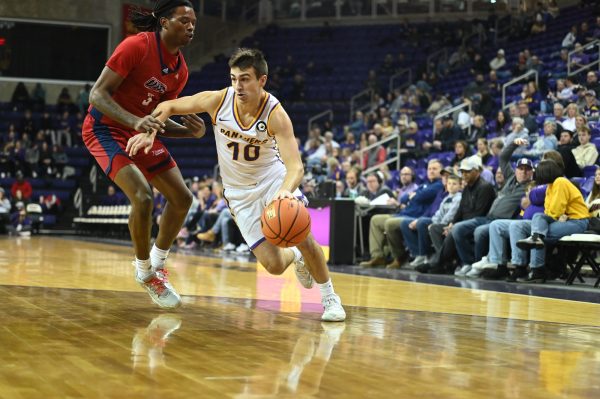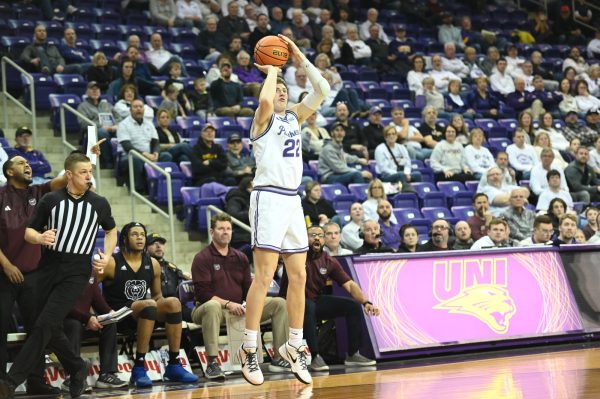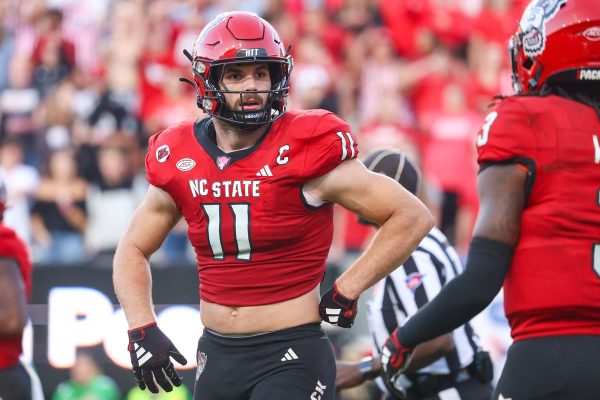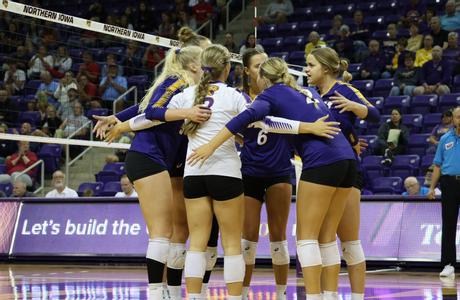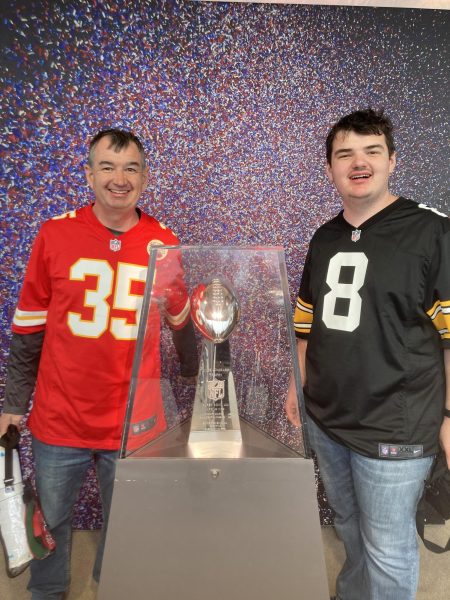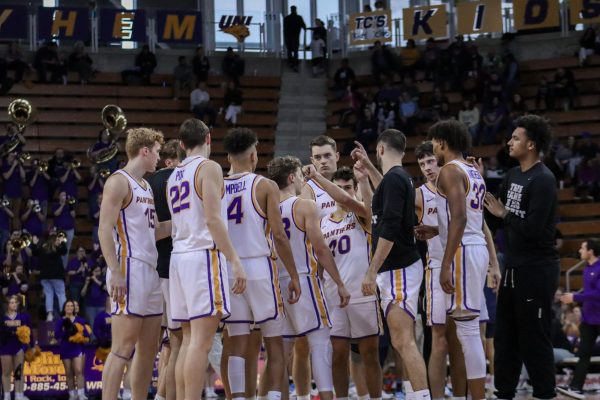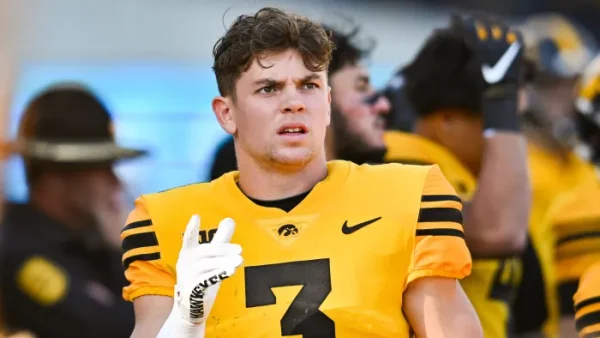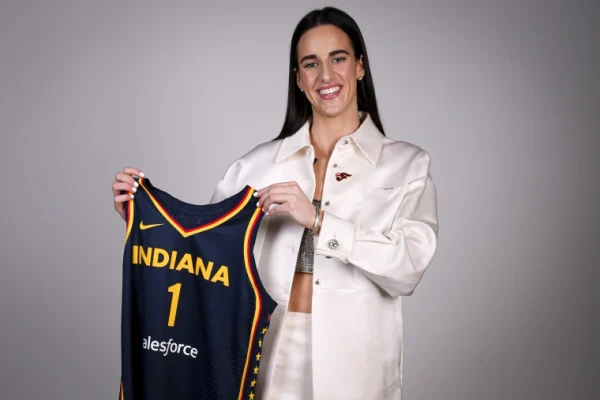“We’re going dancing”: the origin of the NCAA Tournament lingo
Mar 12, 2015
I am so excited for “the NCAA Division 1 Men’s Basketball Tournament.” Yeah, it sounds a little weird when I say it like that. This is because we all use nicknames such as “March Madness” and “the Big Dance” when referring to the famous tournament. Everyone knows all the different titles dubbed to the tournament, but how did these nicknames come about?
Let’s start with March Madness. It may seem a little self-explanatory, and definitely fitting, but where did it start? The phrase traces back to Henry V. Porter, assistant executive secretary of the Illinois High School Association, who wrote an article entitled, “March Madness” in 1939. However, Porter was discussing the huge statewide high school basketball tournament in Illinois. The article appeared in IHSA’s Illinois Interscholastic. With this, “March Madness” was born. Three years later Porter wrote a poem called, “The Basketball Ides of March” to capture the spirit of this famous high school basketball tournament.
At this time, college basketball started to become popular as the first-ever NCAA Basketball Tournament debuted in March of 1939 and featured an eight-team playoff to crown a champion. The college game continued to grow in popularity, but it wasn’t until 1982 that CBS Broadcaster Brent Musburger blessed the college game with its new nickname. He used the phrase during his network’s tournament coverage and it stuck like glue.
Now, the slang was being used for IHSA and NCAA and this led the two to butt heads. However, they worked things out so that the IHSA controlled the phrase at the high school level and the NCAA was allowed to use the phrase for their collegiate tournament.
The title has lived up to its name, as the games unfolding in March tend to be complete chaos. The tournament is completely unpredictable, making it just that much more entertaining. This is in large part due to those “bracket buster” games and those “Cinderella teams.” Oh here we go, more slang for us to decipher!
The tournament, as a whole, is considered one big bracket consisting of 68 teams. March Madness is also one of the biggest gambling events in the nation, with an estimate of $12 million being wagered worldwide. Often, upsets happen early in the tourney, with underdogs taking down heavy favorites and completely ruining brackets and any chances of winning some lettuce at the end. So basically, bracket busted equals no mula.
Cinderella teams have a lot to do with this because they are the low-seeded teams that nobody expects much out of but go into deeper rounds of the tournament. These teams are what make March Madness so special. They are the underdogs (usually mid-major schools) that show that anything is possible when playing passionately and with heart.
Hopefully that clears up some of the confusion, but there is one more concept that seems to be the biggest head-scratcher of them all. “The Big Dance” and “Going Dancing”: “What could these phrases possibly have to do with college basketball?” That’s a good question. I would guess that most people are unaware of the answer, and yet everyone loves the metaphor and those sick dance moves by the players after they secure their spot in the tourney.
Supposedly, the term “The Big Dance” was coined in 1977 by Marquette University’s head coach, Al Maguire. Maguire wore a blue blazer the entire season and when asked by a reporter if he would continue wearing it in the NCAA tournament, he replied, “Absolutely. You gotta wear the blue blazer to the big dance.” And his team went on to win the championship that year. Thus, the phenomenon was born and we have run with it.
The NCAA Tournament, March Madness, The Big Dance, or whatever you wish to call it, is upon us. Selection Sunday is near, and just a few days until we see what teams are going dancing. Then the fun begins. A total of 67 games will be played in just under four weeks to crown one true champion. So sit back, enjoy, and let the madness unfold.







